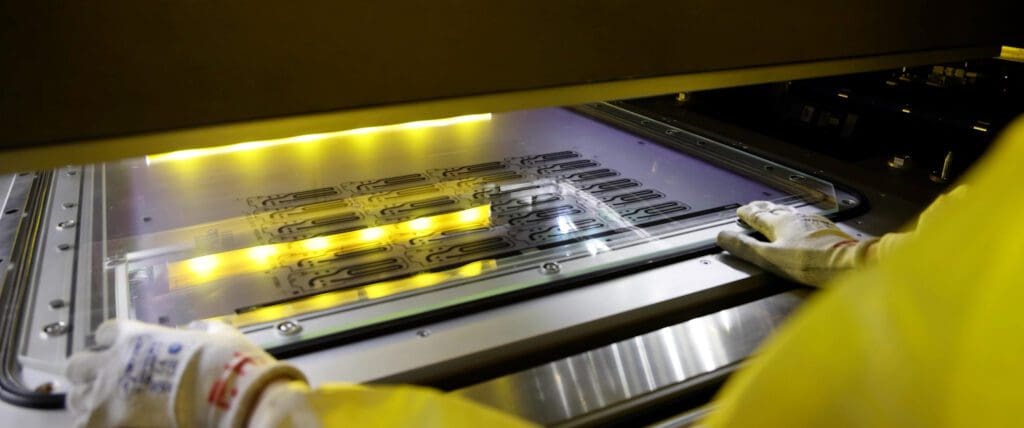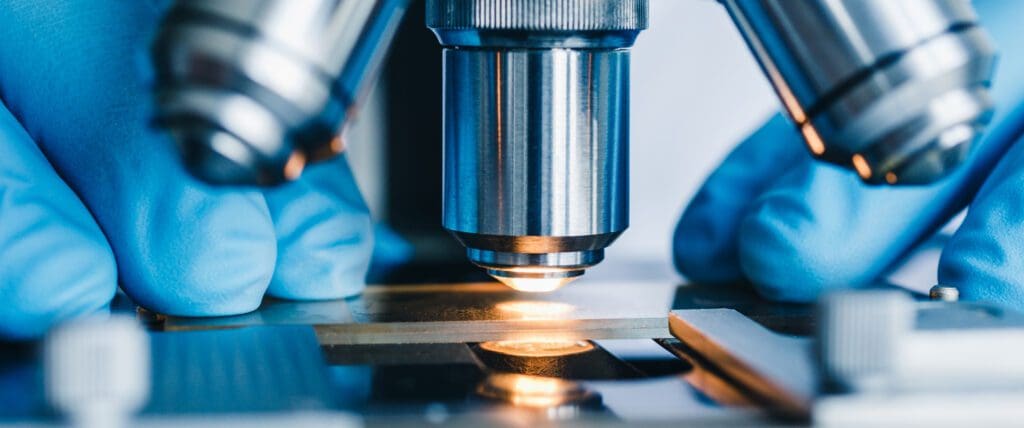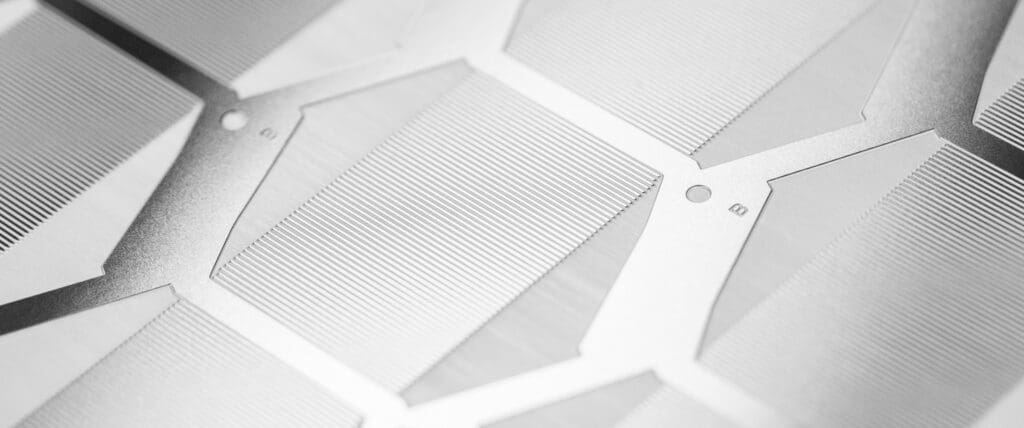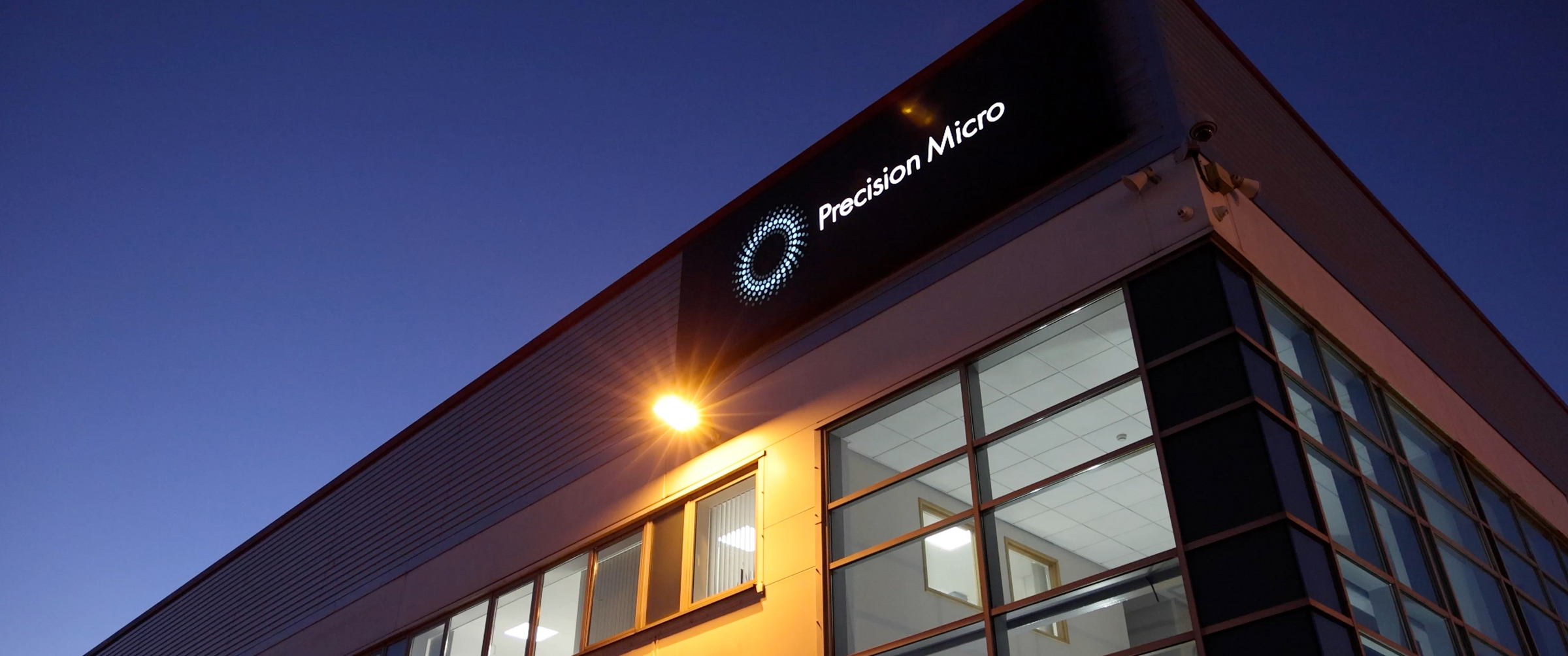Optimising the cost-effectiveness of metallic bipolar plate manufacture
In this article, we delve into bipolar plate production, examining the differences between graphite and metallic plates, focusing on performance, durability and cost-effectiveness. Additionally, we explore traditional machining techniques commonly used in metallic bipolar plate production to determine the most cost-effective approach.
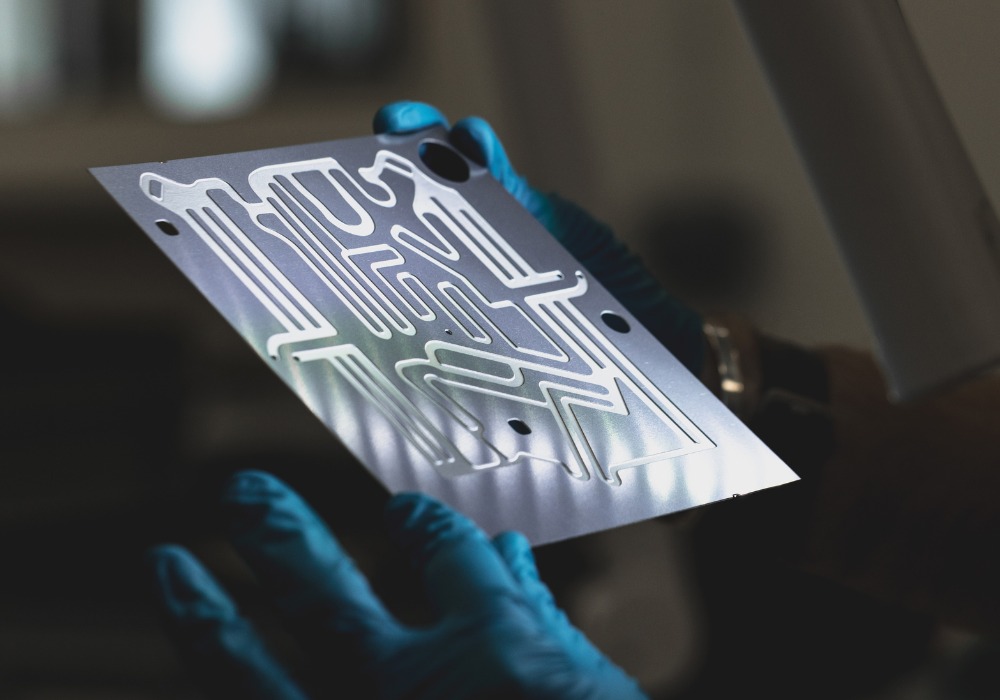
What are bipolar plates?
Bipolar plates are crucial components in electrolysers for the process of electrolysis, splitting water into hydrogen and oxygen gases. These plates are intricately machined with complex flow fields or channels that, when stacked, facilitate electron flow, evenly circulate gases, manage thermal conditions, and maintain structural integrity.
Metallic or graphite bipolar plates?
The two most common materials for bipolar plate production are graphite and metal. The choice depends on factors such as operating conditions, durability, cost and performance requirements.
Graphite bipolar plates
Graphite bipolar plates are known for excellent electrical conductivity and corrosion resistance, making them ideal for proton exchange membrane fuel cells (PEMFCs) due to their ability to withstand acidic environments. However, they have limitations including high production costs and extended lead times due to complex machining methods such as compression moulding or extrusion. Graphite plates also face challenges with brittleness and cracking.
Metallic bipolar plates
Metallic flow plates, made from materials like stainless steel and titanium, offer high conductivity and strength, suitable for various electrolyser or fuel cell types including PEMFCs and solid oxide fuel cells (SOFCs). While susceptible to corrosion, coatings address this issue, and their cost-effectiveness compared to graphite plates drives their widespread use.
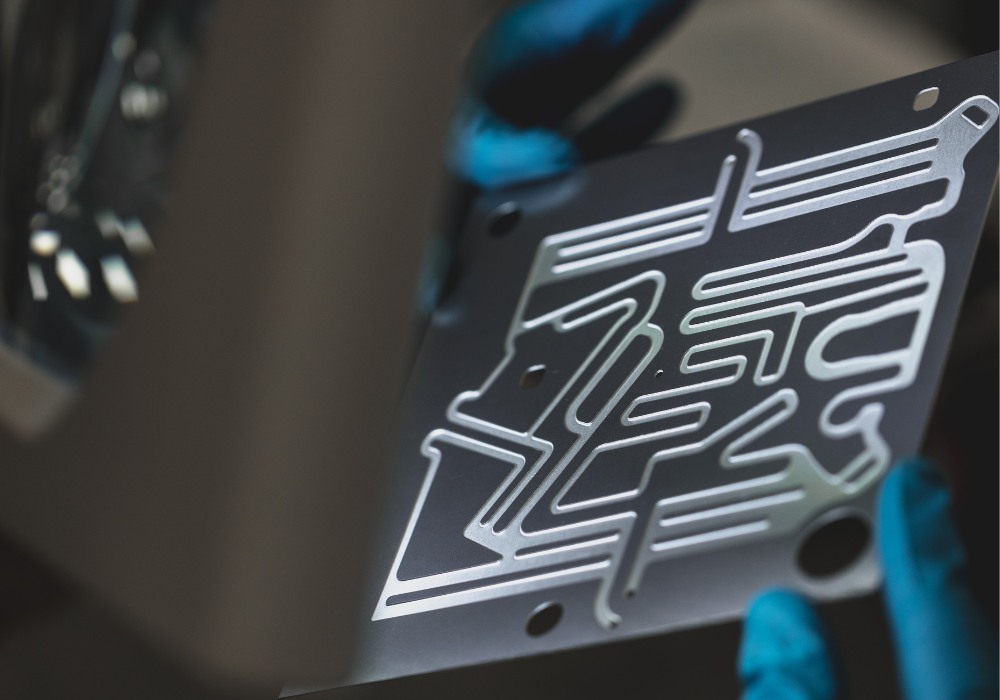
Traditional manufacturing technologies for producing metallic bipolar plates
As a more cost-effective alternative to graphite, metallic bipolar plates can be manufactured through various traditional and advanced machining processes, including stamping, hydroforming and photochemical etching.
Stamping metallic bipolar plates
Stamping uses specialised tooling dies to shape the plate into the desired component design. It is popular due to its speed and cost-effectiveness in volume production. However, engineers may face challenges such as high initial tooling costs, die maintenance expenses, design limitations and residual stress.
Hydroforming metallic bipolar plates
Hydroforming uses a metal tool and high-pressure water-oil-emulsion to accurately shape metal sheets. It provides benefits such as reduced tooling costs, variation and improved repeatability compared to mechanically produced plates. However, achieving plate planarity (flatness) can be challenging.
Photochemical etching metallic bipolar plates
Photochemical etching, also known as chemical etching, is a versatile and precise sheet metal machining process. It uses chemical etchants to selectively dissolve flow channel designs, overcoming the limitations of traditional machining techniques. This method provides benefits but can be more costly for very high volumes if initial hard tooling setup costs are justified.
Comparing production costs
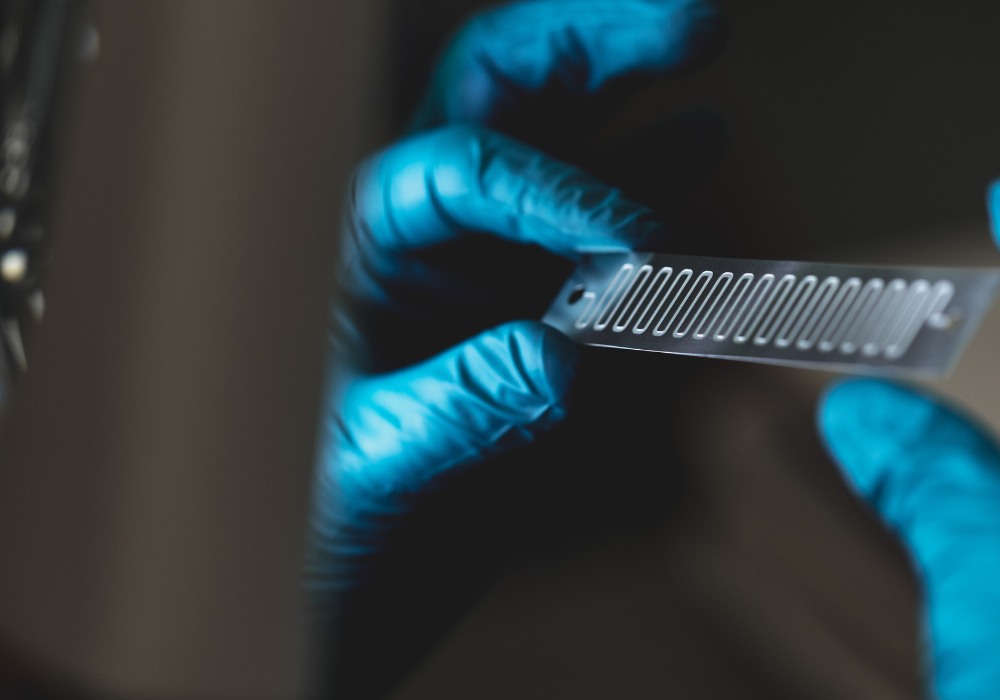
Tooling and set-up
Unlike stamping and hydroforming, which use hard tooling, chemical etching offers a cost-effective solution for metallic bipolar plate production. Digital tooling reduces setup and production costs, making it ideal for prototyping and flexible supply.
Quality & integrity
Chemical etching maintains the structural integrity of metallic bipolar plates, eliminating concerns associated with stamped and hydroformed plates. It avoids mechanical burrs or stresses, ensuring high-quality plates with unchanged material properties.
Flow channel complexity
Chemical etching uses digital tooling to print flow channel designs onto metal, allowing for unlimited design complexity. Accuracy is comparable to traditional techniques, achieving channels as small as 0.025mm deep x 0.050mm wide.
Lead times
While stamping and hydroforming can provide short lead times for production plate supply, tooling production can take many months. Digital etch tooling enhances efficiency by reducing both tooling and prototyping lead times and streamlining design amendments. With chemical etching, metallic bipolar plates can be delivered within one to two weeks of receiving technical data.
Thickness & versatility
Photochemical etching accommodates virtually any metal and produces metallic bipolar plates in thicknesses ranging from 0.01mm to 2.5mm, and sheet sizes up to 1500mm x 600mm. Conventional methods like stamping and hydroforming face limitations with certain metal types and thicknesses, restricting material options for engineers.
Conclusion
Bipolar plates can constitute up to 80% of the cost of an electrolyser stack, with metallic options often proving more cost-effective than graphite. This cost-effectiveness can be further improved using advanced machining technologies, such as the chemical etching technique, which allows for intricate designs with high accuracy and reduced lead times. Unlike traditional machining methods, chemical etching avoids mechanical stress and burrs, resulting in higher quality and more reliable plates for advanced applications.
Chemical Etching Whitepaper
Learn how chemical etching can overcome the limitations of traditional sheet metal machining technologies.
Download